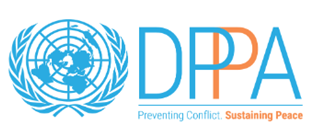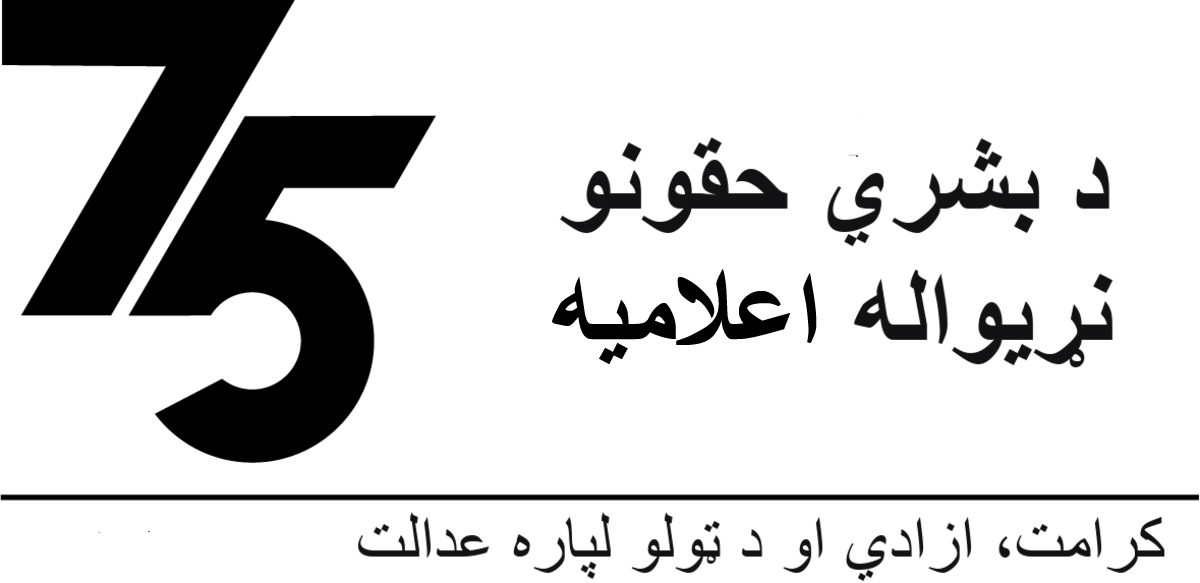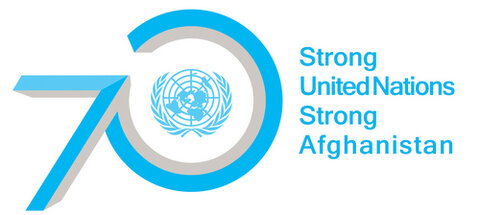Opium production in Afghanistan drops by 36% despite rise in cultivation
KABUL - Despite a 36 per cent drop in opium production in Afghanistan this year, the country saw 18 per cent rise in the area where the illicit crops were cultivated, according to a report released today by the Ministry of Counter-Narcotics (MCN) and the United Nations Office on Drugs and Crime (UNODC).Download the UNODC-MCN press release in English | Afghanistan Opium Survey 2012 (full report)
The 2012 Afghanistan Opium Survey report released simultaneously in Kabul and Vienna attributed the drop from 5,800 to 3,700 tons to “plant diseases and bad weather”.
“Opium poppy cultivation in Afghanistan covered 154,000 hectares in 2012, 18 per cent higher than the 131,000 recorded the previous year,” said a press release issued jointly by MCN and UNODC.
Jean-Luc Lemahieu, the head of the UNODC in Afghanistan, told a press conference organized in Kabul to release the report that the 18 per cent increase in the amount of land used to cultivate the illicit crop was a “serious alarm signal”.
“It’s a wakeup call,” said Mr. Lemahieu, urging the Afghan ministries and Government departments to make poppy eradication a priority in their national programmes.
Cultivation increased this year despite a significant 154 per cent increase in Government eradication efforts (over 9,600 hectares eradicated in 2012 as compared with just over 3,800 in 2011), the survey report said, adding that the number of poppy‐free provinces remains unchanged at 17 but Ghor province in western Afghanistan lost that status in 2012 while Faryab province in the north regained it.
The survey confirmed the link between insecurity and opium cultivation observed since 2007. “This year saw 95 per cent of cultivation concentrated in the southern and western provinces where insecurity and organized crime are present: 72 per cent in Helmand, Kandahar, Uruzgan, Dai Kundi and Zabul provinces in the south, and 23 per cent in Farah, Herat, and Nimroz provinces in the west.”
In 2012, farm‐gate prices for opium remained at a relatively high level at US$ 196 per kg, which continues to provide a strong incentive for farmers to start or resume poppy cultivation in the coming season. As a consequence of low opium yields, the average gross income for opium per hectare was slashed by 57 per cent to US$ 4,600 in 2012 from US$ 10,700 the year before. The total farm‐gate value of opium was accordingly halved to US$ 0.7 billion and the share of the farm‐gate value fell from 7 per cent of GDP in 2011 to 4 per cent in 2012.
“High opium prices were a main factor that led to the increase in opium cultivation,” said Yury Fedotov, the Executive Director of UNODC, calling for “a sustained effort by the Afghan Government and international stakeholders to address illicit cultivation with a balanced approach of development and law enforcement measures”.
Cultivation rose 19 per cent in Helmand, which, with over 75,100 hectares, accounted for around half the cultivation taking place in Afghanistan. However, within the Helmand Food Zone where 42,000 farmers had received agricultural assistance during the poppy planting season, relatively less poppy crop was grown, said the press release.
“Improved living conditions, including greater security and rule of law, should be encouraged in Helmand and nationwide if we are to help poor farming communities to support themselves,” said Mr. Fedotov.
 UN
UN





